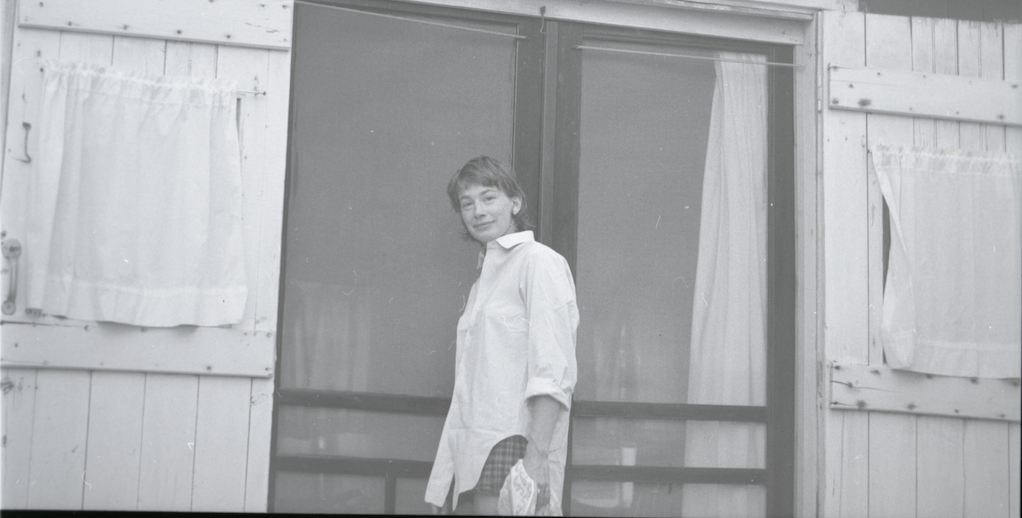After parting ways with Lorraine Hansberry, Molly traveled to Steepletop, NY, the home of the late Edna St. Vincent Millay, to take photographs. Also there for a visit was Mary Oliver, who had previously lived at Steepletop on and off for six years.
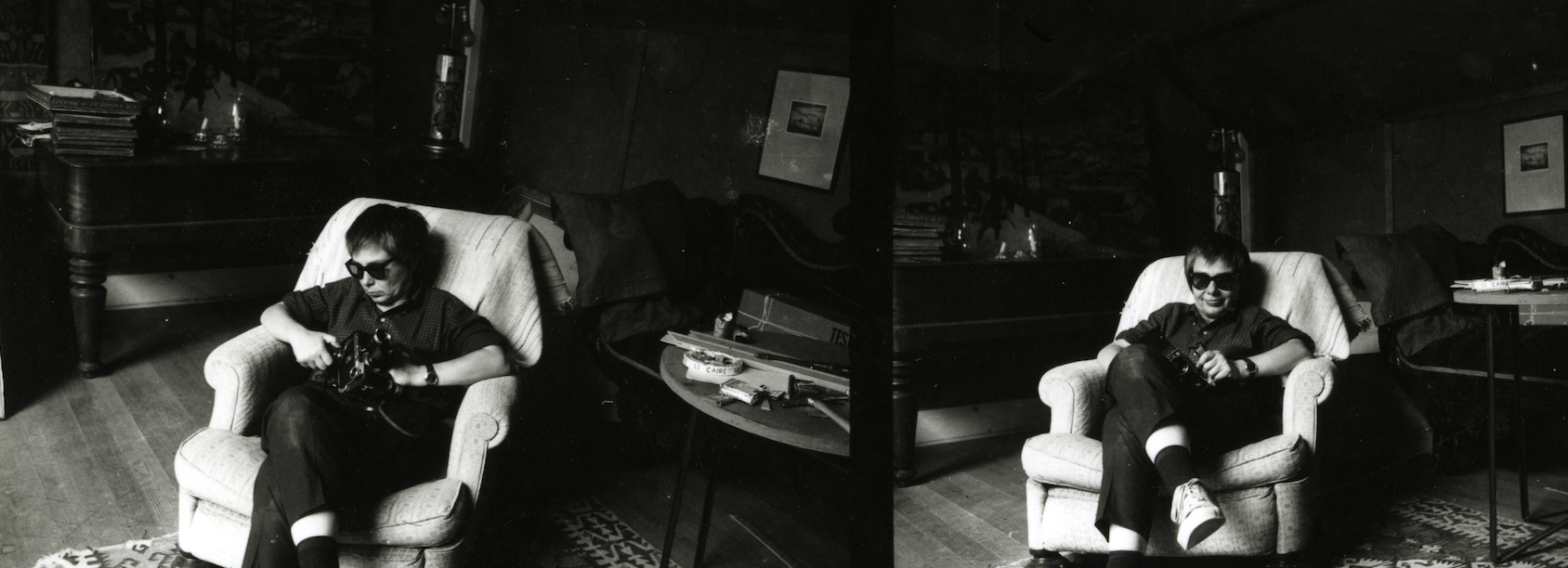
Edna St. Vincent Millay was openly bisexual during her lifetime, and she developed relationships with women while she lived in Greenwich Village — just like Lorraine, and Molly, and Mary. [1] After she died, her sister Norma inherited her estate and her creative / intellectual property. Oliver first arrived at Steepletop on a pilgrimage when she was only 17, and stayed to organize the late poet’s papers and help Edna’s surviving sister, Norma, with the 500 acre estate. [2].
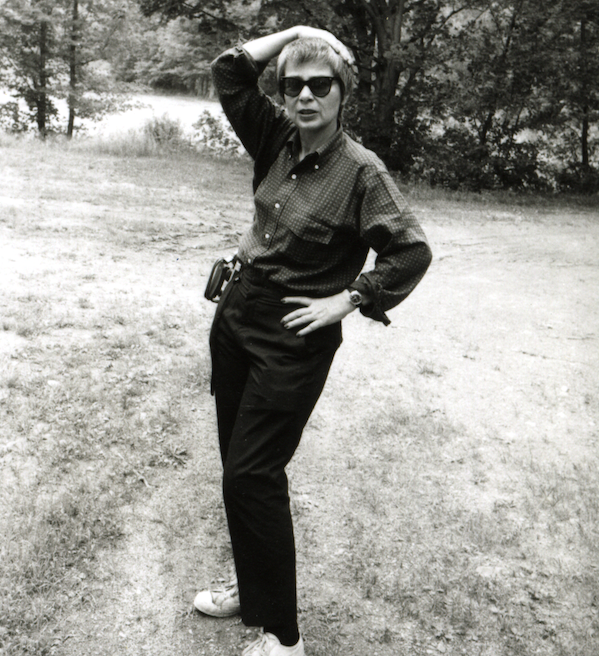
As Oliver tells it, she arrived at Steepletop, found Molly sitting with Norma, and “I took one look and fell, hook and tumble. M. took one look at me, and put on her dark glasses, along with an obvious dose of reserve. She denied this to her dying day, but it was true.” [3]
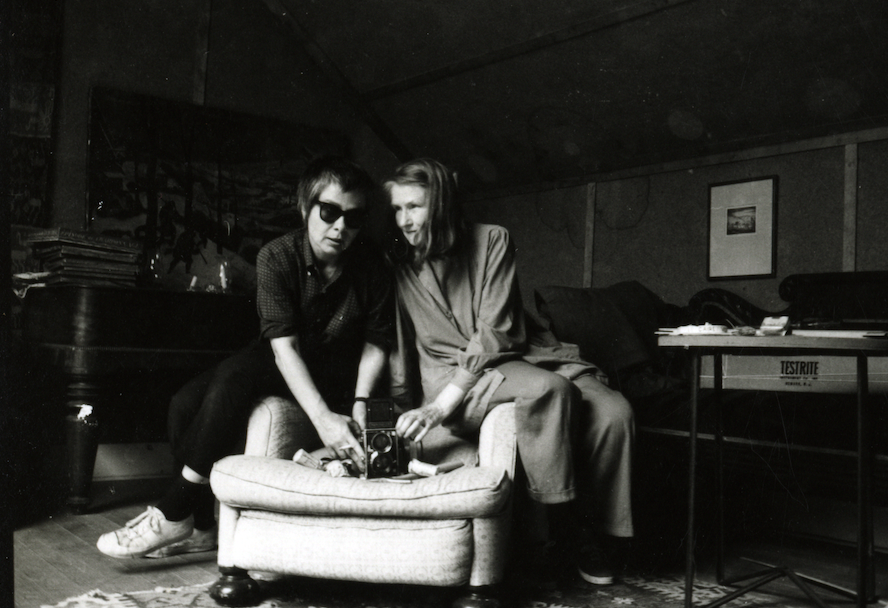
However, after looking at the back of one of the photograph prints Molly had brought for Norma, Mary discovered that she lived across the street from Molly in Greenwich Village, and they began to see each other. Despite Molly’s initial reserve, they started to build their own love story — their own world.
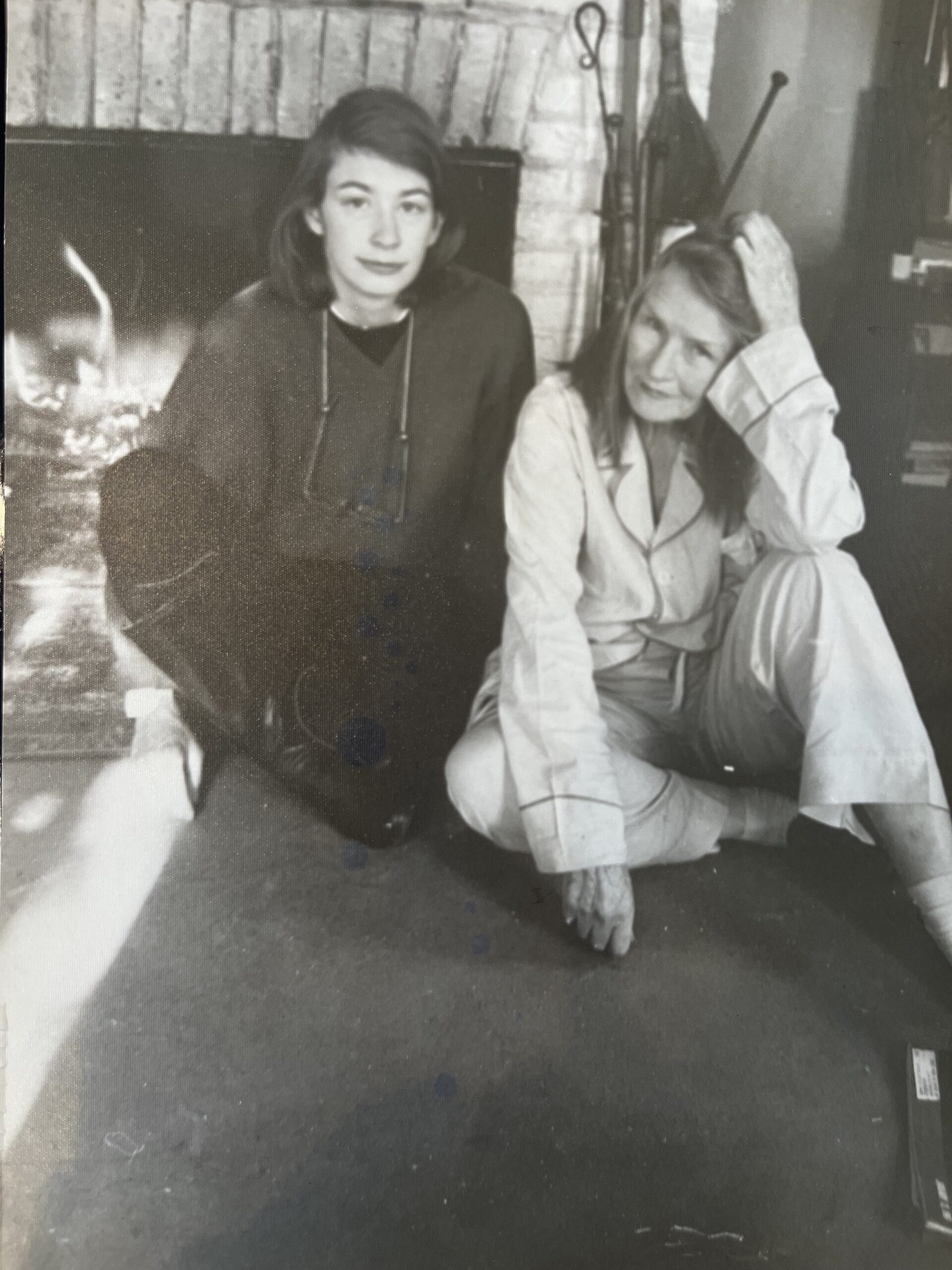
Life In Provincetown
After a stay in London during the early 1960s, Mary rejoined Molly in Provincetown, where the two made their home for several decades.
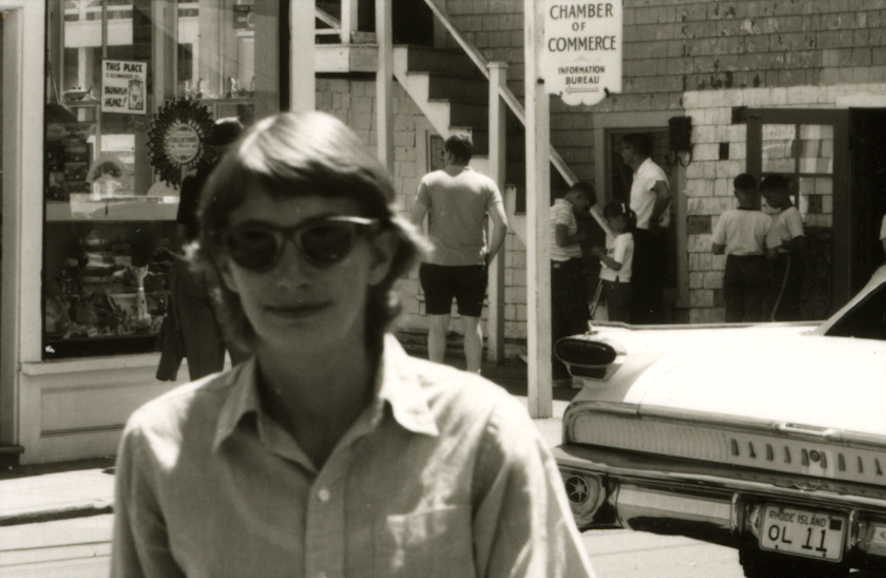
Molly operated a photography gallery with a bookstore attached for several years, before working as an assistant to a writer, and then, finally, as Mary Oliver’s own literary agent. Mary wrote poems, publishing her first collection in 1963 — she went on to win the National Book Award and the Pulitzer Prize. [4] She dedicated many of her collections to Molly Malone Cook. (In her poems and prose, Mary refers to Molly as “M.”)
While Mary Oliver’s poems emphasize the importance of attention — indeed, she writes while “it was my pleasure to notice such things,” it was “watching M. when she was taking photographs, and watching her in the darkroom, and no less watching the intensity and openness with which she dealt with friends, and strangers too, taught me what real attention is about. Attention without feeling, I began to learn, is only a report. An openness — an empathy was necessary if the attention was to matter. Such openness and empathy M. had in abundance, and gave away freely.” [5]
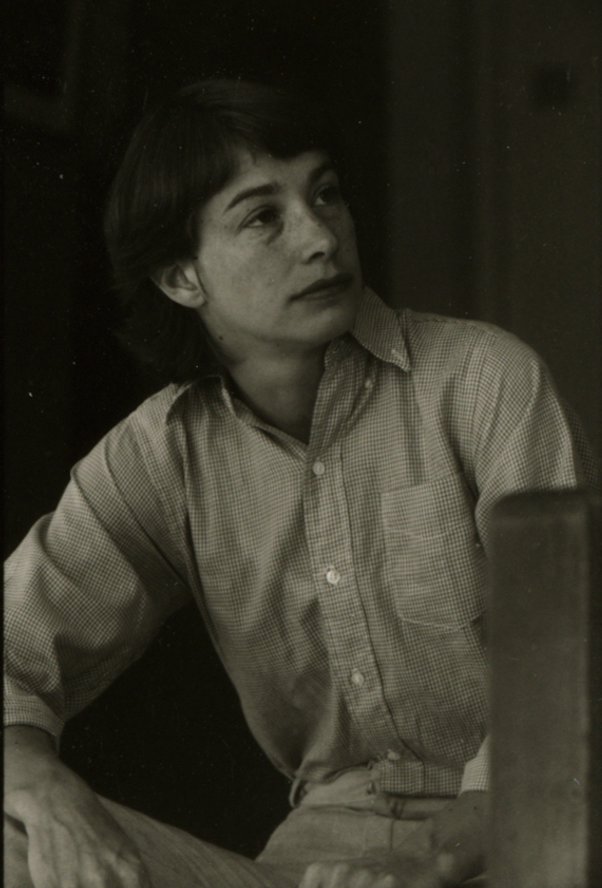
Mary Oliver, describing her life in Provincetown with Molly: [6]
For all those years we lived, in the summers, in a converted boathouse on the property of the Segura family. Closer to the street is the Segura home; in front of us is the cottage Lawrence Segura built originally for the artist Blanche Lazzell. That’s gone now, and the boathouse (we are sitting on the stoop) is gone too. And Blanche Lazzell is gone and Molly is gone, but I am here to tell you what a wonderful family the Seguras were and are, and what a delicious time we had inside that simple, sweet, one-room home.
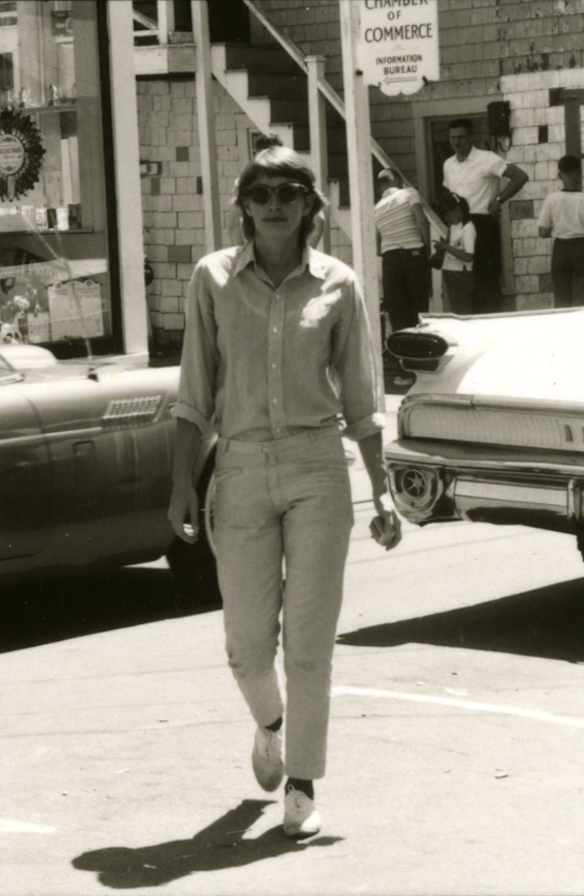
Often I would drive Molly out to Herring Cove in the early morning, where she would spend the day swimming, reading, being alone with the sea that she loved, as I judged, with an immeasurable love. Then I would appear again in the late afternoon, with the dogs. Bear and Luke, and a picnic supper, having spent my day roaming the woods, the dunes, and the ponds, looking and scribbling. And 1 would tell how my day had been and Molly would tell how her day had been, and that was the great part of our life—the going apart and the coming together again, the talking and the telling…
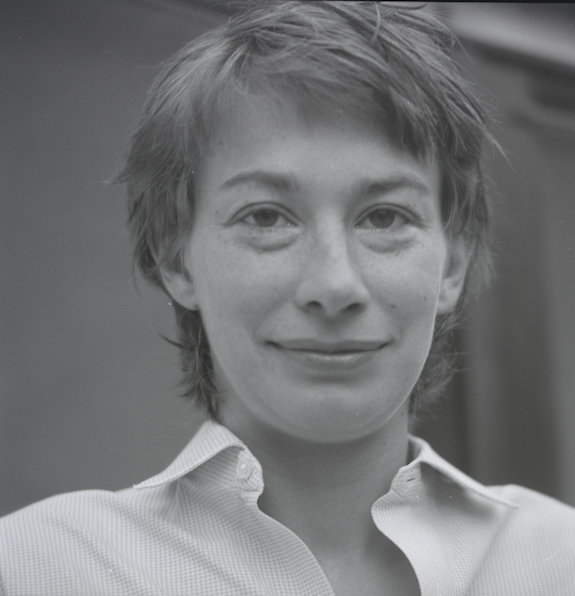
After Molly died in 2005 from lung cancer, Mary put together a joint memoir, Our Word, composed of Molly’s photographs and Mary’s prose and poems. This glimpse into their intimate and intricate world is the namesake for this exhibit, and, indeed, an invaluable testament on what it means to love.
Mary lived in the natural world, while Molly lived in a world of people, but in their home, they merged their differences into a world all of their own. In Our World, Mary writes that “We were talkers about our work, our pasts, our friends, our ideas ordinary and far-fetched. We would often wake before there was light in the sky and make coffee and let our minds rattle our tongues…Not many nights or early mornings later, we would do the same. It was a forty-year conversation.” [7]

Further Research
To learn more, you can explore:
- The Molly Malone Cook papers at the Sophia Smith Collection of Women’s History at Smith College
- Mary Oliver: The Poetry Foundation
- On the Overlooked Eroticism of Mary Oliver: LitHub
- Marry Oliver at Smith, confessing that she wants to make her dog famous
[1] Perry, Imani. Looking for Lorraine: The Radiant and Radical Life of Lorraine Hansberry. Beacon, 2019.
[2] Cook, Molly Malone, and Mary Oliver. Our World. Beacon Press, 2009.
[3] Cook, Molly Malone, and Mary Oliver. Our World. Beacon Press, 2009.
[4] “Mary Oliver.” Poetry Foundation, Poetry Foundation, https://www.poetryfoundation.org/poets/mary-oliver.
[5] Cook, Molly Malone, and Mary Oliver. Our World. Beacon Press, 2009.
[6] Oliver, Mary. “Friendship, Kindness, and the Summer-Blue Harbor, at Its Rise, Only a Few Feet Away.” Provincetown Arts, 2006.
[7] Cook, Molly Malone, and Mary Oliver. Our World. Beacon Press, 2009.
